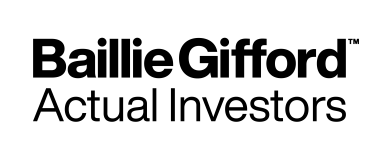Open-ended funds offer a range of potential benefits: diversification, accessibility, and flexibility. As their name suggests, open-ended funds continue to create shares when buyers require them. When an investor puts money into an open-ended fund, the manager creates more shares and the fund gets bigger; similarly, when an investor redeems their shares, the fund gets smaller. Sometimes, if a fund becomes too big for the manager to continue to fulfil the fund’s objective, the fund will be closed to new investors.
Although open-ended funds can issue an unlimited number of shares, they are only priced once a day and can only trade once a day at that price. The price is determined by the net asset value (NAV) per share, which is calculated by dividing the fund’s total net assets by the number of shares held by investors; in most cases, purchases and sales will also incur charges.
Because the price is only calculated once a day, investors will place orders to buy or sell shares in an open-ended fund without knowing exactly what the price will be. Therefore, investors have to have confidence in the fund’s ability to value its underlying holdings. However, it can be difficult to price illiquid or unlisted securities accurately. Although some asset classes offer potential for strong returns in the long term, they are not necessarily easy to sell in the short term, so it’s important to understand what you are investing in.









